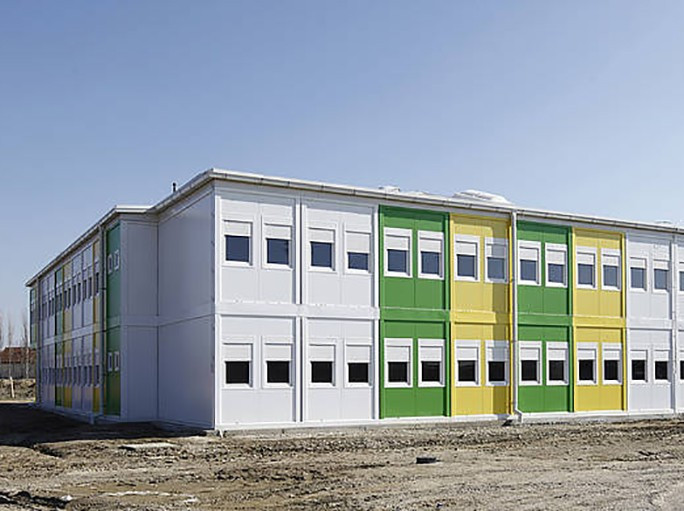Modular building systems
Approaching the end of year can be a good time to look back and draw some insights as well as predict future trends. The change is the only constant, and that goes for construction industry as well as other sectors of economy. The business environment is continually changing and advancing, the building sector being no exception. Consistently new patterns show up inside the business, from innovative pathways to a more focused highlight on sustainability and tradition. While it may be hard to realize which construction models and patterns will be more prominent than others in the near future, there are a couple of important trends that are showing up and could importantly influence the business developments to come. Three of these main trends are: increased technological progress, better communication processes and a higher visibility of sustainability.

Technology is a key factor which permeates all business life
Innovation is one of the primary elements pushing change in all industry sectors, and the construction sector is also affected by technological advances, even is sometimes less rapidly than some other branches. Recent development has brought about innovation that is explicitly suited to this sector and can lead to higher gains, e. g. with more use of automated processes and 3D printing. While it always takes time to implement new ideas and the process of change can take variable lengths of time, innovations of this type can lead to more secure and less demanding working processes in construction. Robots and drones can be used in material separation and preparation, while 3D printing can be utilized to ensure appropriate and ideal dimensions of components. Self-driving vehicles may also turn out to be increasingly important within the construction field, while various cloud applications can be extremely helpful in adapting and streamlining the construction processes.
Building Information Modelling is changing the ways of working in construction
Another type of innovation that affects this sector increasingly is Building Information Modelling (BIM). BIM will make the coordinating aspects of the working processes in construction less demanding, because it greatly facilitates communication among different actors. Most big projects require tens (or even hundreds) of individuals to cooperate and bring in their inputs at various stages, which can be difficulty to oversee and ensure effective communication. Numerous organizations are testing and increasingly making use of the BIM innovation, as it comes with many advantages. Besides ensuring better contacts and more efficient exchange of information, it also empowers individual stakeholders, gives them a voice and improves cooperation. All this has led to very positive reactions, and seems promising for the future.
Innovation is also felt in trends of more modularity and variability in construction
There has also been a growing trend towards prefabricated construction and modular construction projects, which is caused by the changes in today's business and general environment. A more flexible and responsive way of working is efficient and financially feasible, which is important in the time when most material costs are on the rise. What's more, with the use of powerful hot soften cements and the general ease of use of modular building systems, the construction of various projects for personal or business use is quick and cost-effective. With the modular building definition ever more broadly understood as a way to construct aesthetic, energy-efficient and sustainable buildings in all construction styles, the general and specialised public alike are increasingly turning to this business model. It is easily understandable why more families and businesses are choosing to be hosted in modular building systems, which are completely comparable if not more desirable to the more traditional ways of building, in terms of cost balance, design and energy-efficiency.

Last but not least, ever more focus on sustainable construction
Progressively, more focus and attention of all spheres of society are focused on sustainability, which has also led many construction actors to pay more attention to it. Not only are millennials entering the housing market and defining different values as essential. It is also an ever-growing concern that climate change and environmental aspects are a reality and need to be taken account of in order to preserve the natural habitats for the future. Therefore, with increased progress in the above-mentioned technological fields and the trends towards more modularity, the developments will go hand in hand with observing sustainability standards and trying to accommodate more environmental dimension into the projects to come. This will not only lead to better protection of the surroundings and decrease energy use, it will also bring about better awareness and less focus on pure consumption. A trend towards more thoughtfulness in both production and consumption can slowly lead to better management of resources and smarter planning of urban or non-urban environments, which in turn together with the technology needed will lead to more inclusive and sustainable societies of tomorrow.